cellular pvc decking vs composite
Discover the key differences between cellular PVC and composite deck materials. Learn about durability, maintenance, cost, and appearance to make an informed decision.
Cellular PVC Decking vs Composite: A Comprehensive Comparison
Introduction
In recent years, homeowners have increasingly turned to alternative materials for their deck building needs. Two popular choices are cellular PVC decking and composite decking. Both materials offer significant advantages over traditional wood, but they each come with their own set of characteristics, benefits, and drawbacks. This article delves into a detailed comparison between cellular PVC and composite decking, examining aspects such as material composition, cost, durability, maintenance requirements, and aesthetic appeal.
Material Composition
Cellular PVC decking is made primarily from polyvinyl chloride (PVC) resin, which is combined with foaming agents to create a lightweight yet durable product. It does not contain any wood fibers, making it resistant to moisture, insects, and rot. On the other hand, composite decking is a blend of wood fibers and plastic, often recycled high-density polyethylene (HDPE) or polypropylene. This combination provides structural integrity while offering resistance to weather elements and wear.
Cost Analysis
When comparing initial costs, cellular PVC tends to be slightly more expensive than composite decking due to its specialized manufacturing process. However, the long-term cost savings can be significant. Cellular PVC requires minimal maintenance, reducing ongoing expenses compared to composite decking, which may require periodic resealing or painting to maintain appearance.
Durability and Maintenance
Both materials excel in durability; however, cellular PVC decks are known for their exceptional resistance to mold, mildew, and stains. They do not absorb water, which prevents warping and splitting, making them ideal for humid climates. Composite decking, while also highly durable, can develop surface scratches and indentations over time. Regular cleaning with soap and water is sufficient for both types, but cellular PVC generally demands less frequent attention due to its non-porous nature.
Aesthetic Appeal
From an aesthetic standpoint, cellular PVC offers a uniform color throughout the material, ensuring that even if scratched, the exposed area will match the rest of the deck. It is available in various colors and finishes, mimicking natural wood grains without the need for regular staining. Composite decking, while also available in multiple colors and textures, can sometimes show a difference in color when cut or sanded, requiring careful installation to avoid visible seams.
Real-World Applications
One example of successful use of cellular PVC decking is in coastal areas where saltwater and high humidity are prevalent. The inherent resistance of cellular PVC to moisture makes it an excellent choice in these environments. Similarly, composite decking has been widely used in suburban settings where a balance between low-maintenance and natural appearance is desired.
Conclusion
The decision between cellular PVC and composite decking ultimately depends on individual preferences and specific needs. While cellular PVC offers superior moisture resistance and lower maintenance, composite decking provides a more traditional look and can be more cost-effective upfront. By understanding the unique features of each material, homeowners can make an informed choice that best suits their lifestyle and budget.
Reference
Deck Project Blog – Cellular PVC vs Composite Decking
Family Handyman – How to Choose the Right Decking Material
Baoding Plastroy WPC Products
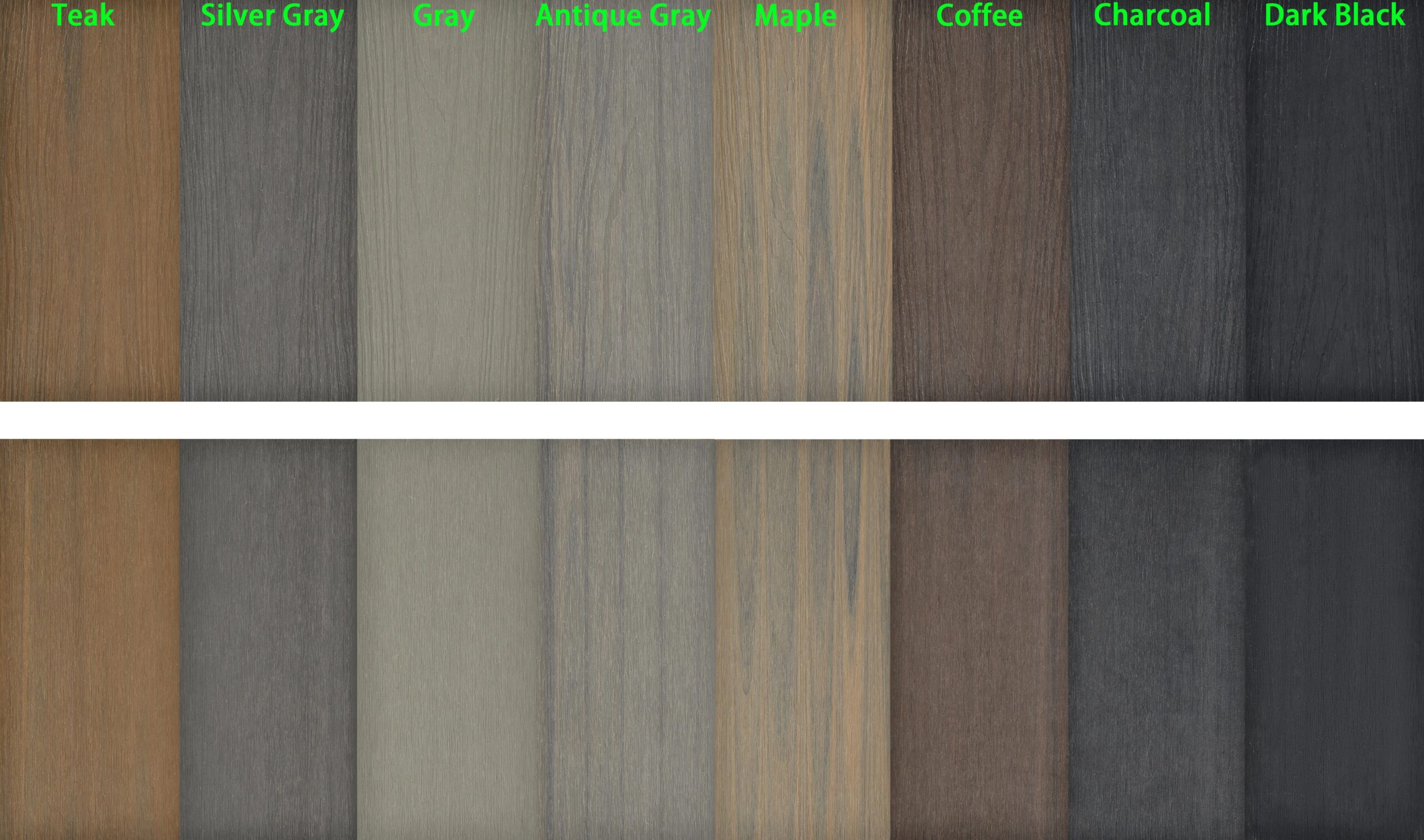
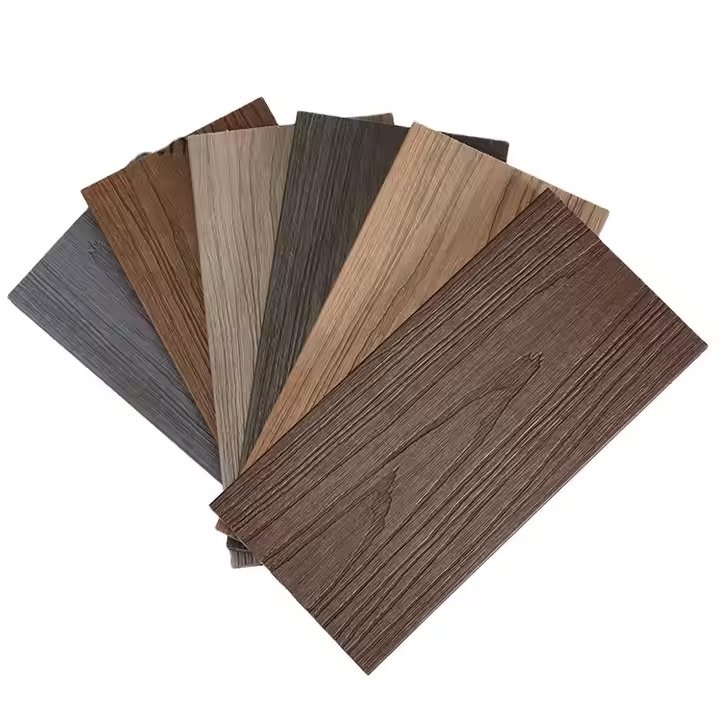
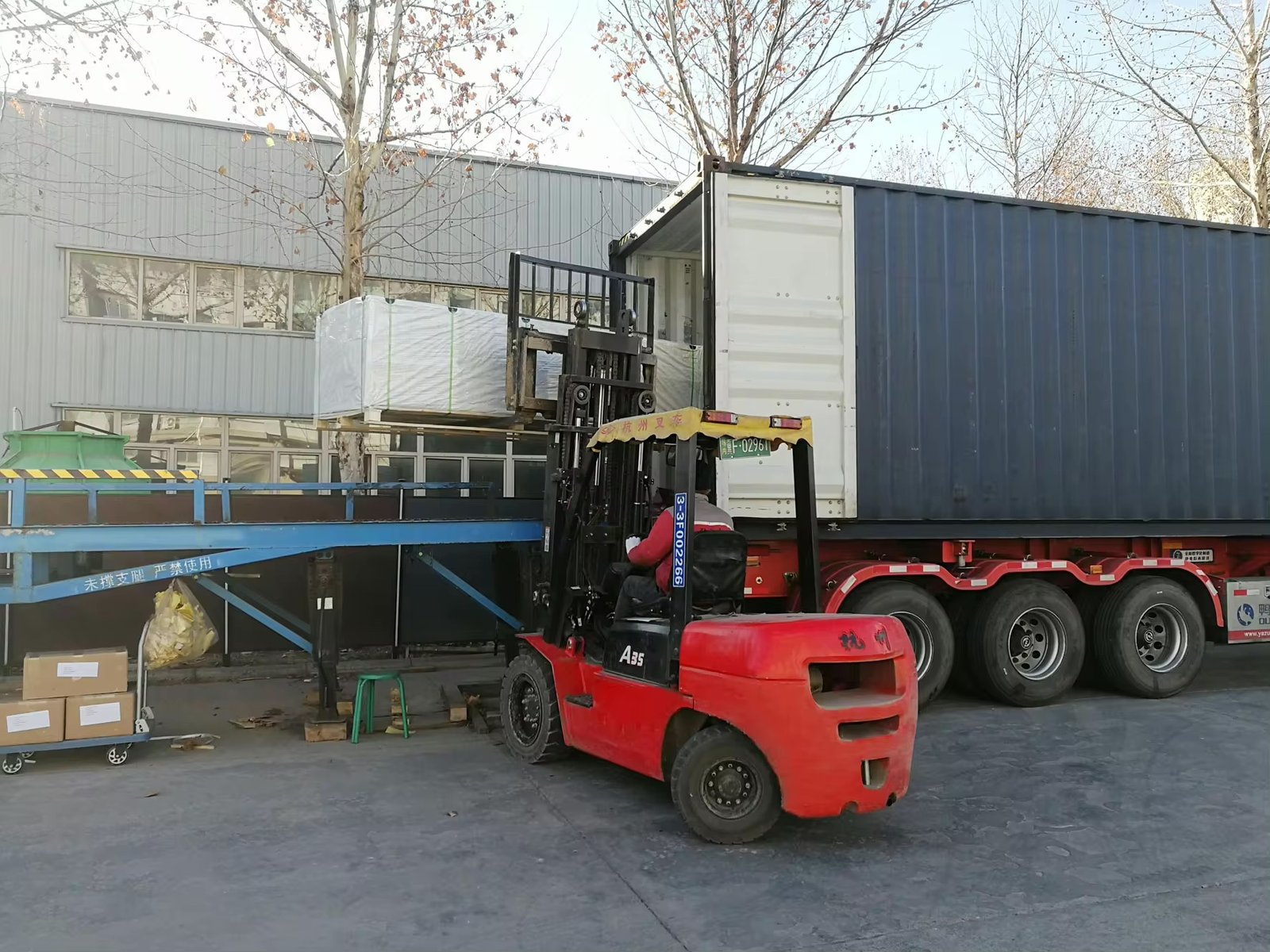
Why Choose Plastory?
Baoding Plastory New Materials Co., Ltd. is a manufacturer of decorative materials with over 9 years of experience and 56 separate production lines.
Currently, our annual production exceeds 30,000 tons, with products exported to more than 50 countries worldwide.
Plastory is the drafting unit of the WPC National Standards and has obtained certifications such as REACH, ASTM, CE, and FSC. Plastory is dedicated to maintaining consistent quality, focusing on details, and prioritizing customer satisfaction.
Our factory is located in Baoding, Hebei Province, China, with a prime location and convenient transportation access. Baoding is approximately a 1.5-hour drive from Beijing Capital International Airport and just 2 hours away from Tianjin Port, making it easy for global clients to visit and facilitating efficient shipping of goods. Our facility spans a large area, equipped with advanced production equipment and modern testing facilities to ensure that every batch of products meets the highest quality standards.
We warmly welcome clients from around the world to visit our factory, where you can see our production processes firsthand and experience our product quality. Please feel free to reach out to us—we are committed to providing you with the best products and services.
Kindly get in touch with us to request a product catalogue.

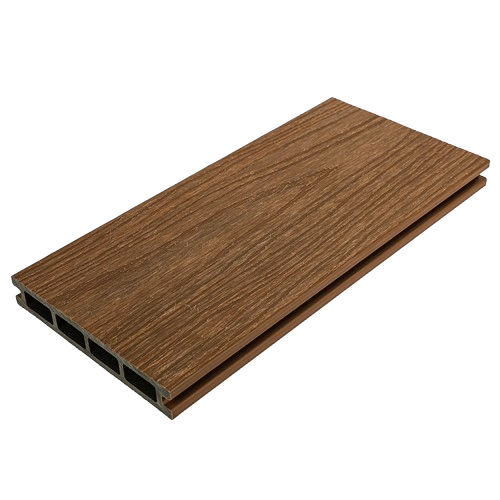
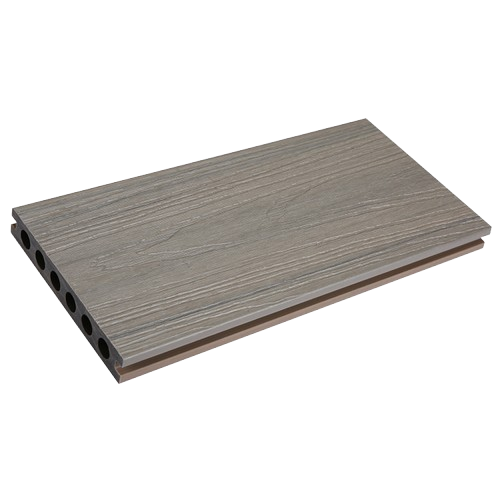
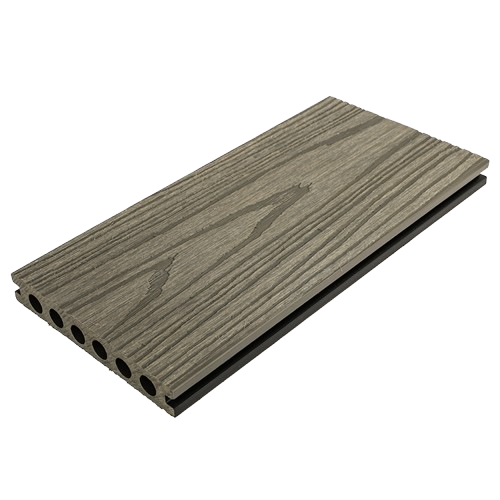
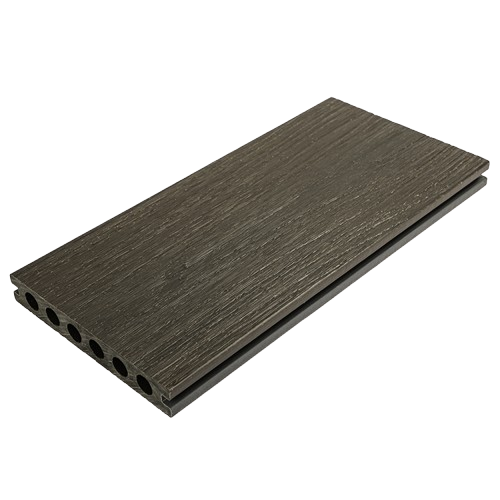
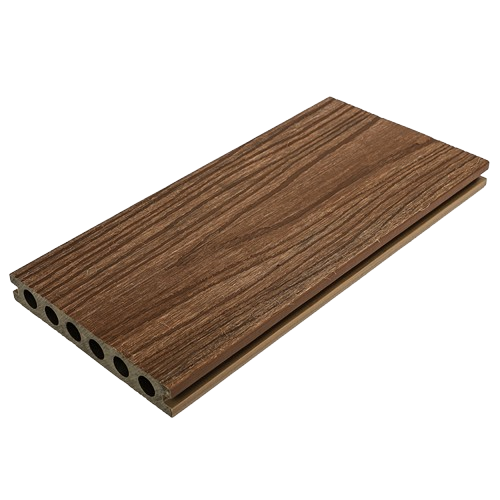
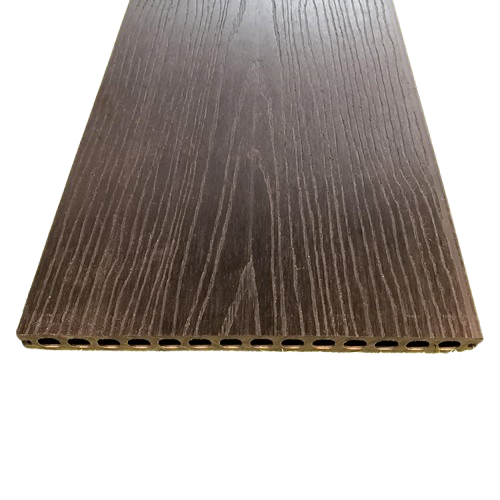
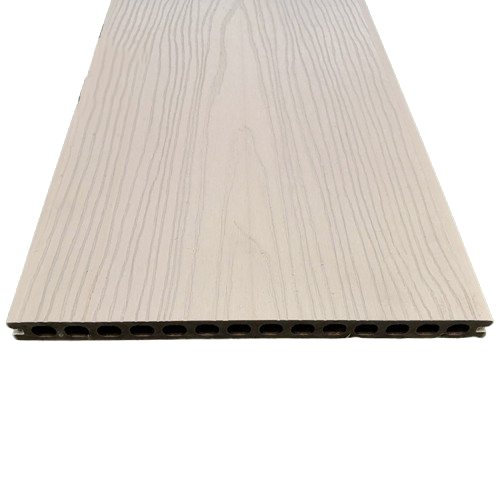

Reviews
There are no reviews yet.